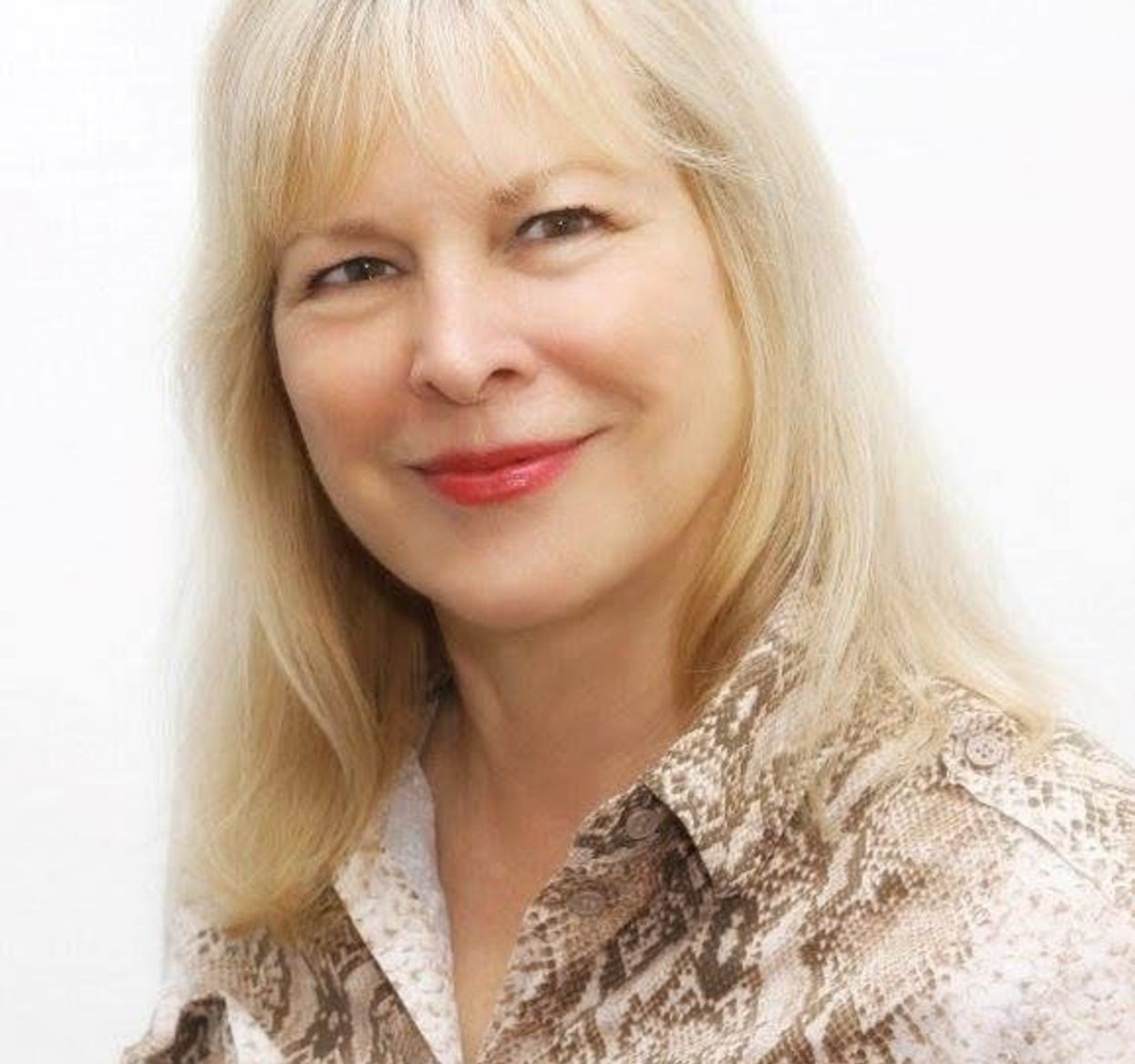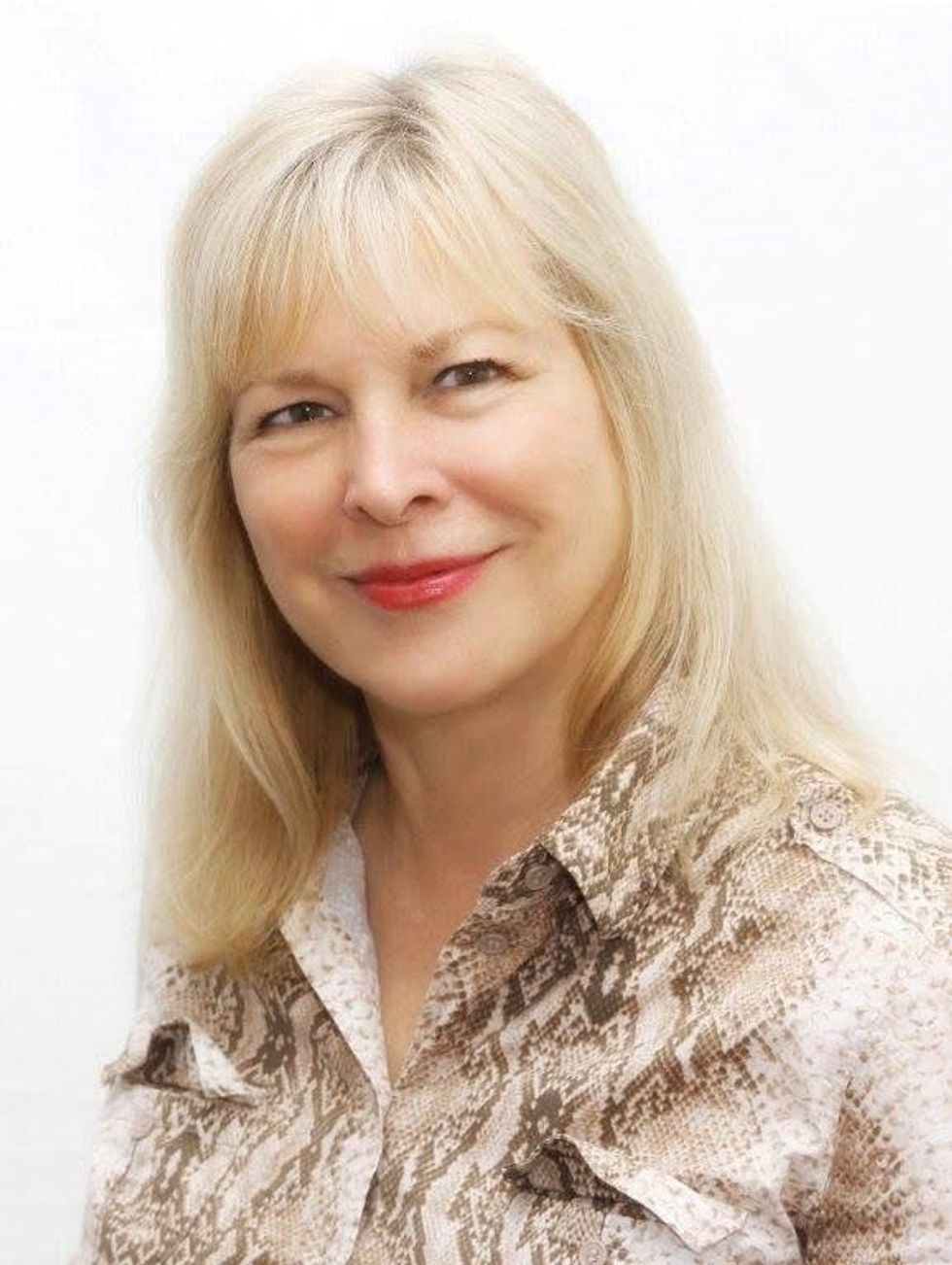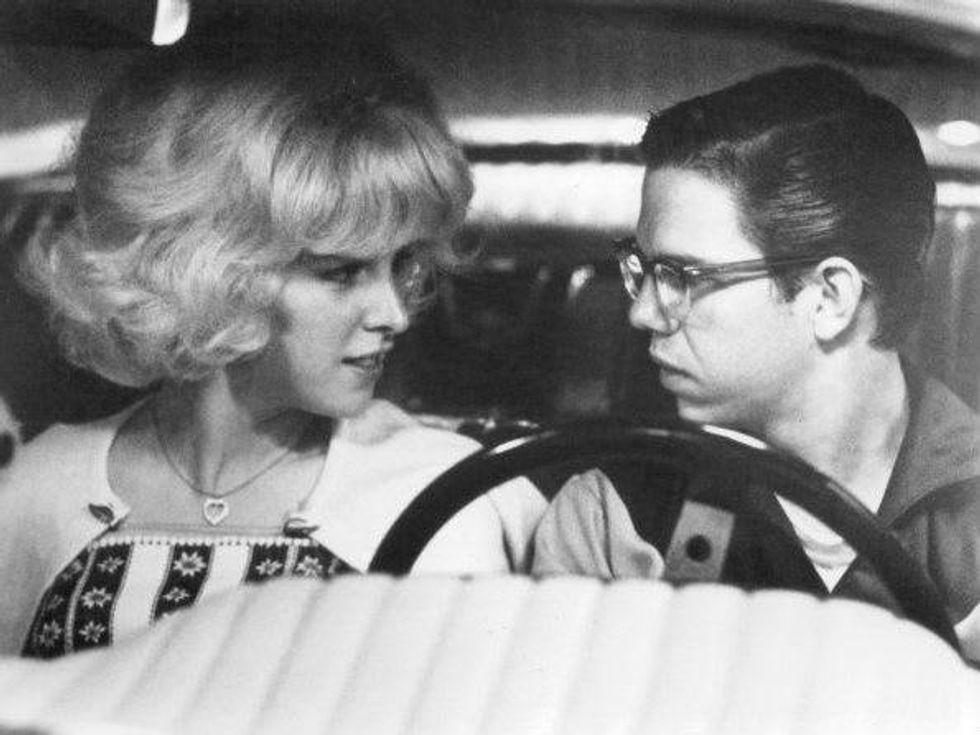Lone Star Film Festival Insight
Oscar nominee Candy Clark reminisces about American Graffiti and her career
Editor’s note: CultureMap has partnered with the Lone Star Film Festival to publish a series of filmmaker interviews conducted by LSFF organizers.
With a budget of only $700,000 and more than $50 million in rental earnings upon its initial release, American Graffiti is one of the most profitable films of the modern era. The film was nominated for five Academy Awards and four Golden Globes, winning Best Motion Picture – Musical/Comedy at the Golden Globes.
Fort Worth native Candy Clark stars among a cast that includes Harrison Ford, Richard Dreyfuss and Ron Howard. For her role as Debbie, Clark was nominated for Best Actress in a Supporting Role at the 1974 Academy Awards. American Graffiti screens at the 2014 Lone Star Film Festival in Sundance Square on Saturday, November 8. A Q&A with Clark will follow the screening.
Lone Star Film Festival organizers spoke with Clark about her career, from American Graffiti to The Man Who Fell To Earth and more.
Lone Star Film Festival: Can you talk a little bit about your experience during The Man Who Fell To Earth? Are there any special memories you have from that film?
Candy Clark: I loved working with David Bowie. I thought he was perfectly cast as the man from another planet, although my character didn’t know that until midway through the movie. I thought he was strange at first, and then after I got to know him, I realized how strange he really was.
It was so much fun because I played Mary-Lou and the wife on the other planet; I aged, and then I even played David Bowie in one scene. I spent two months in New Mexico, based actually out of Albuquerque but spent time in Santa Fe, which is a fantastic town. Great location working with great people.
Because David Bowie was a musician, he was very used to rehearsing, so he liked to run the lines over and over again, which was good, because I learn my lines by repetition. He was very patient and easy to work with.
LSFF: What are three moments that you would consider pivotal in your journey from going to high school at Trimble Tech to being nominated for an Academy Award?
CC: 1) I had the nerve to go to New York City by myself at 19, and I lived there for four years.
2) Being cast in American Graffiti. First, I had a meeting with George Lucas, then a screen test in an open room with about 200 other actors, which was very intimidating. I was never good at auditioning. I would usually tighten up and push too hard, and it came across as forced. When I saw how much taller I was than Charles Martin Smith, who played Toad, I gave up and felt like I was just going through the motions of the audition. And because I quit trying so hard, I got the part.
3) Running a campaign for the Oscar. Universal Studios didn’t have much faith in the film. They thought it was only going to be a B-movie and go straight to drive-ins, so they didn’t put much effort into the Oscar race. I spent $1,700 on small quarter-page ads, in The Hollywood Reporter and Variety, and it paid off.
Sally Kirkland ran a similar campaign for Anna and was nominated. Years later, Melissa Leo ran her own campaign, duplicating my efforts in the ’70s. I did try to do the same thing with The Man Who Fell To Earth, but it didn’t work. Rona Barrett told me that I was “this close” to succeeding, though.
LSFF: What was the atmosphere that Lucas created on set during American Graffiti with his directing style? Was Coppola a presence on set, and did that impact the atmosphere at all?
CC: Because it was a low-budget film, it was very casual and friendly. It was very cold in Petaluma, and it was supposed to take place in the summer, but it was so chilly that the actors could see their breath. I was lucky because I was able to wear a little sweater. Francis came on set a few times, and it was all still very casual and fun.
All the actors stayed at the Holiday Inn, and because it was in the days before the big tanks at hotels, there was never enough hot water. We would call the front desk, and they would say that they would send someone up to check on it. Because were all so young, we were too naïve to know that there wasn’t anything that could be done.
LSFF: How and where did you find out that you were nominated for the Oscar? Can you describe that experience?
CC: I was asleep. My PR manager called and woke me up. The night of the Oscars was very exciting, and there are many photos of me with an amazed look on my face. You had to do your own makeup and wardrobe for the awards back then.
LSFF: What is another film from your career that you wish people knew more about? Is there something that you are especially proud of that doesn’t get the same attention as American Graffiti or The Man Who Fell to Earth?
CC: I worked with Robert Mitchum on The Big Sleep and John Huston on Fat City. I didn’t really know who John Huston was until I met him, and then I became obsessed with his work, watched everything that I could.
I didn’t want to be an actress. I was a model in NY and started to have a successful career. Fred Roos, a very well-known casting director at the time, sent me a script and insisted that audition. I had done extra work on Who Is Harry Kellerman And Why Is He Saying Those Terrible Things About Me? and I really just wanted to continue doing extra work. I couldn’t imagine why I would want to be an actual actor.
LSFF: Can you describe your approach as an actor? Do you try to relate the character’s situation to similar situations in your own life?
CC: The most important thing is to memorize your lines. After I have my lines, I feel free to explore the character. I don’t come in with any pre-formed opinions, because I never know what the other actors are going to do, nor do I know what the director may want. After I get my costume and makeup, it helps to formulate my character.
LSFF: What are you working on now?
CC: Last night, I was in an episode of Criminal Minds. I have a recurring role as Sandy Jareau, A.J. Cook’s mother.
---
The 2014 Lone Star Film Festival runs through November 9 in Sundance Square in Fort Worth. For more information, visit the festival website.



